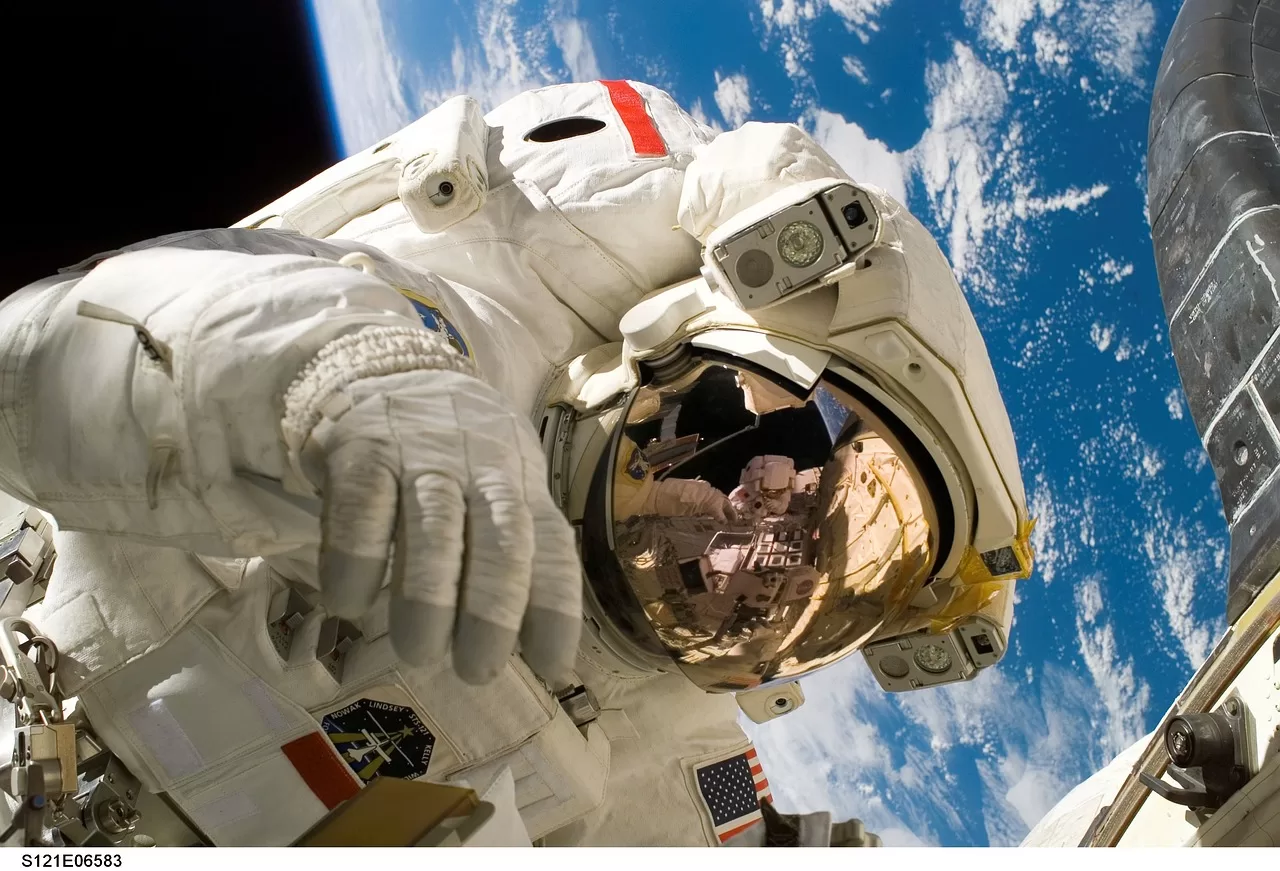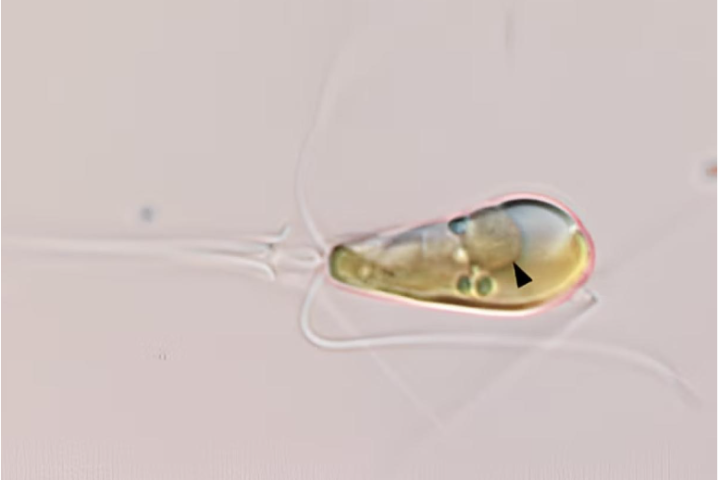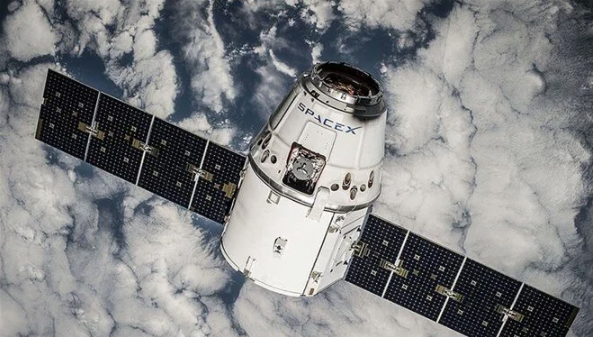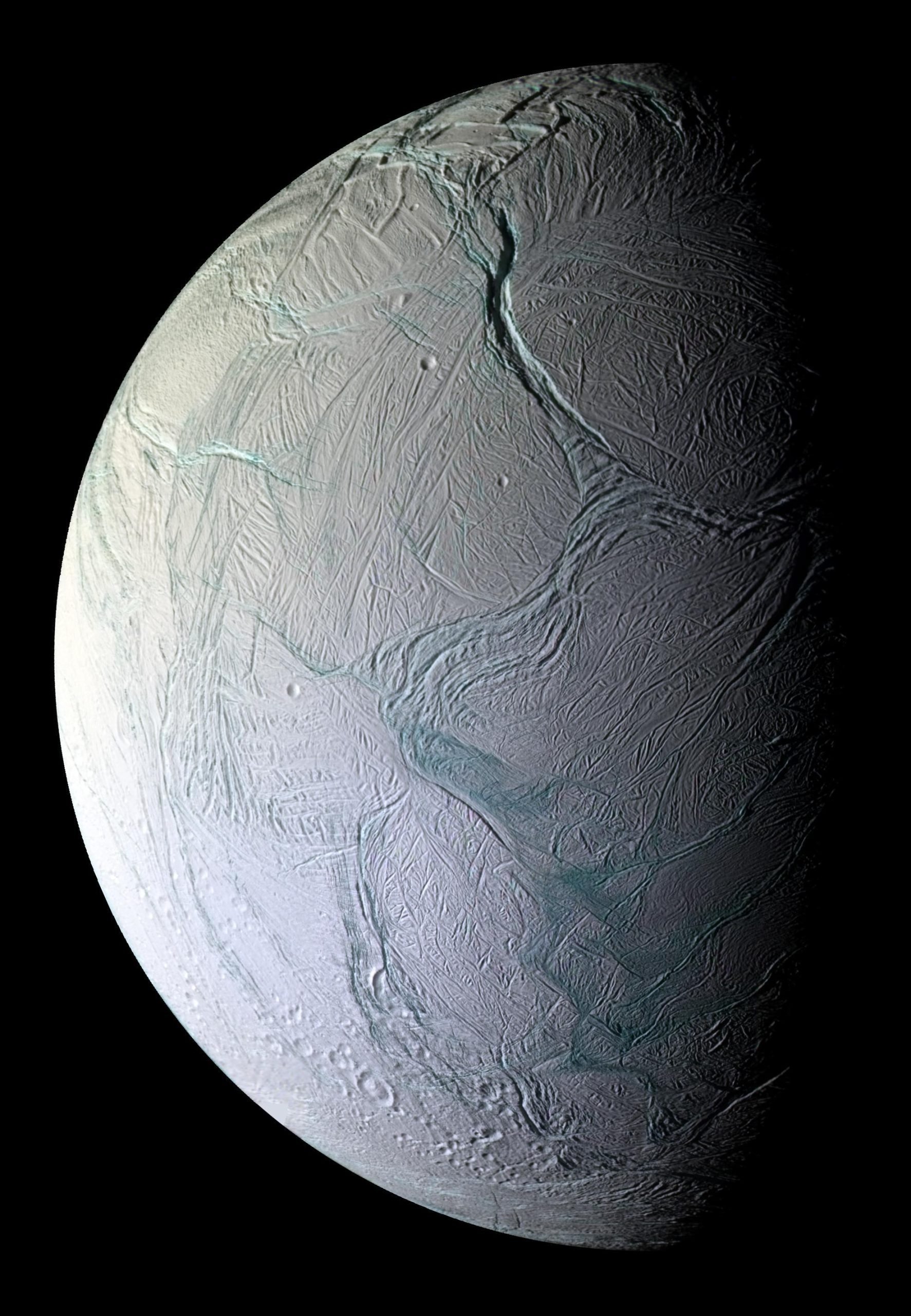Humans have always harbored a curiosity for venturing into new territories and pushing the boundaries of our knowledge. Whether delving into the depths of the oceans or traversing the expansive reaches of space, our perpetual eagerness propels us to explore the unknown.
Yet, comprehending the vastness of space poses a challenge, making it difficult to fathom the extent of human travel achievements. Answering the question of how far humans have ventured into space can be approached in two ways: by examining crewed missions and uncrewed missions.
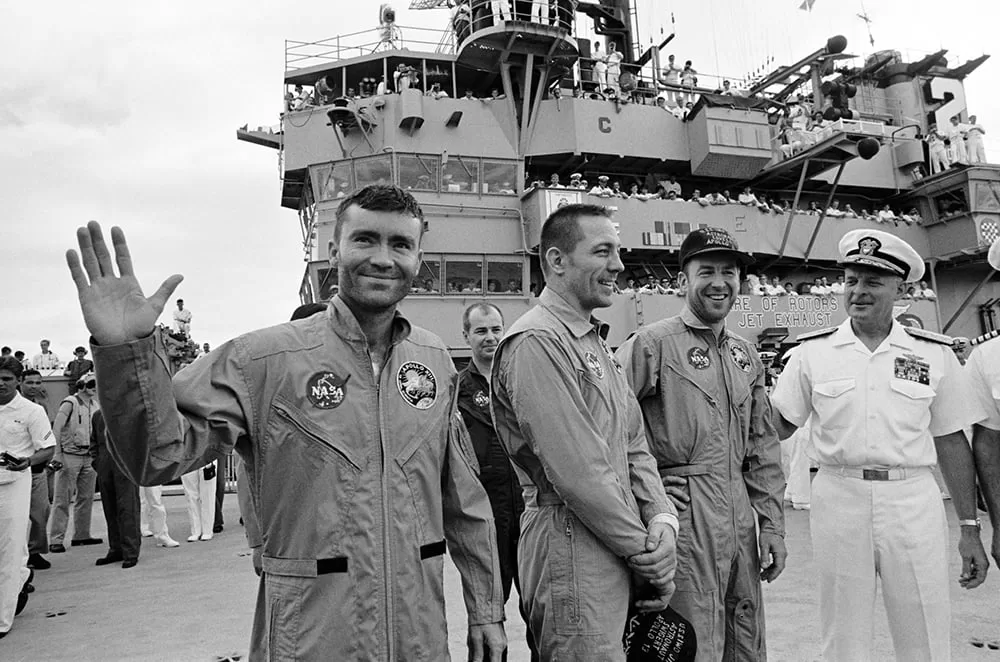
This article delves into both aspects of these remarkable achievements. Humans have orchestrated various space missions, embarking on journeys that include the iconic Apollo Moon landing and the Space Shuttle program.
In the realm of crewed missions, Apollo 13 stands out as the mission that carried humans farthest from Earth. This distinction belongs to astronauts John “Jack” Swigert, Fred Haise, and James Lovell, who, during the Apollo 13 mission, encountered an unexpected explosion on the third day, thwarting their plans to land on the Moon. Despite the crisis, mission controllers in Houston successfully brought the astronauts back home, earning them the record for the most distant humans from Earth.
In more recent times, the Artemis I mission saw the Orion spacecraft cover the same distance as Apollo 13. Although not manned, the spacecraft carried a suited mannequin named Commander Moonikin Campos, paying homage to the key figure Arturo Campos, an electrical engineer instrumental in the safe return of the Apollo 13 crew.
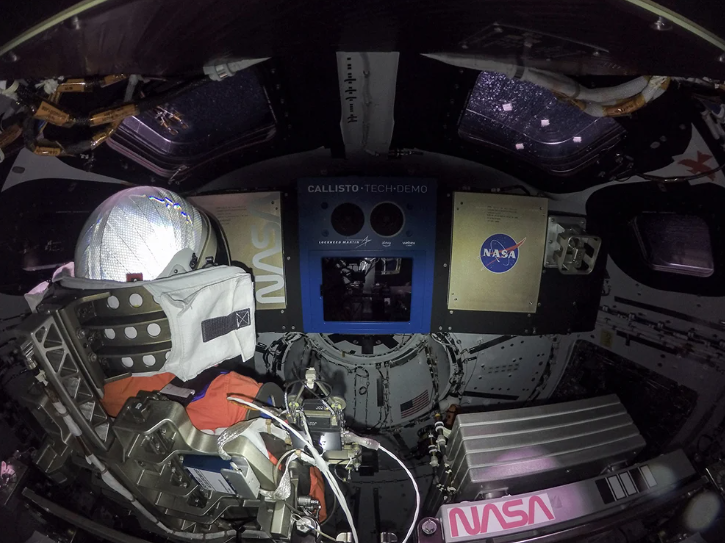
Turning attention to uncrewed missions, the title of the most distant human-made object in space goes to Voyager 1. As of January 1, 2024, it is positioned over 162 astronomical units (AU) away from the Sun. Its counterpart, Voyager 2, follows closely at more than 135 AU. Launched in 1977, these twin probes have surpassed their initial mission to explore Jupiter and Saturn, crossing the heliosphere into the interstellar medium.
While the Voyagers continue their data-gathering mission, there is a predicted operational lifespan until 2025. Notably, the New Horizons spacecraft, carrying the ashes of astronomer Clyde Tombaugh, achieved the farthest travel for an object containing biological human material, passing by Pluto in 2015.
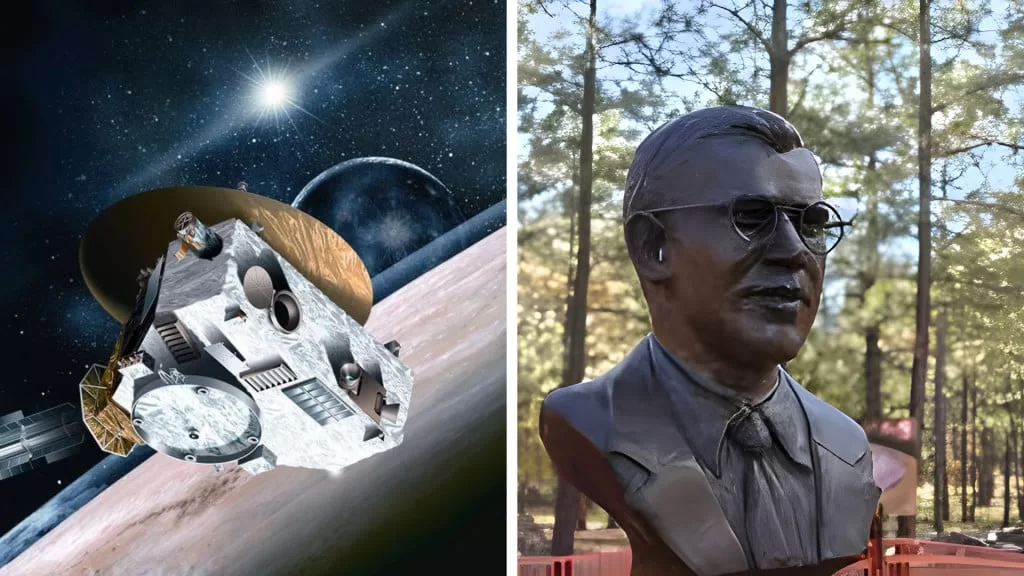
Looking ahead, human missions to Mars are under serious consideration by space agencies and private enterprises. Additionally, the Breakthrough Starshot mission aims to send probes to Alpha Centauri using innovative technology, offering exciting possibilities for the future of space exploration.
Although the timeline for these endeavors remains uncertain, the promising future of space exploration holds the potential to surpass the remarkable records set by Apollo 13 and Voyager 1. The quest to understand and traverse the cosmos continues, fueled by technological advancements and the indomitable spirit of exploration.

